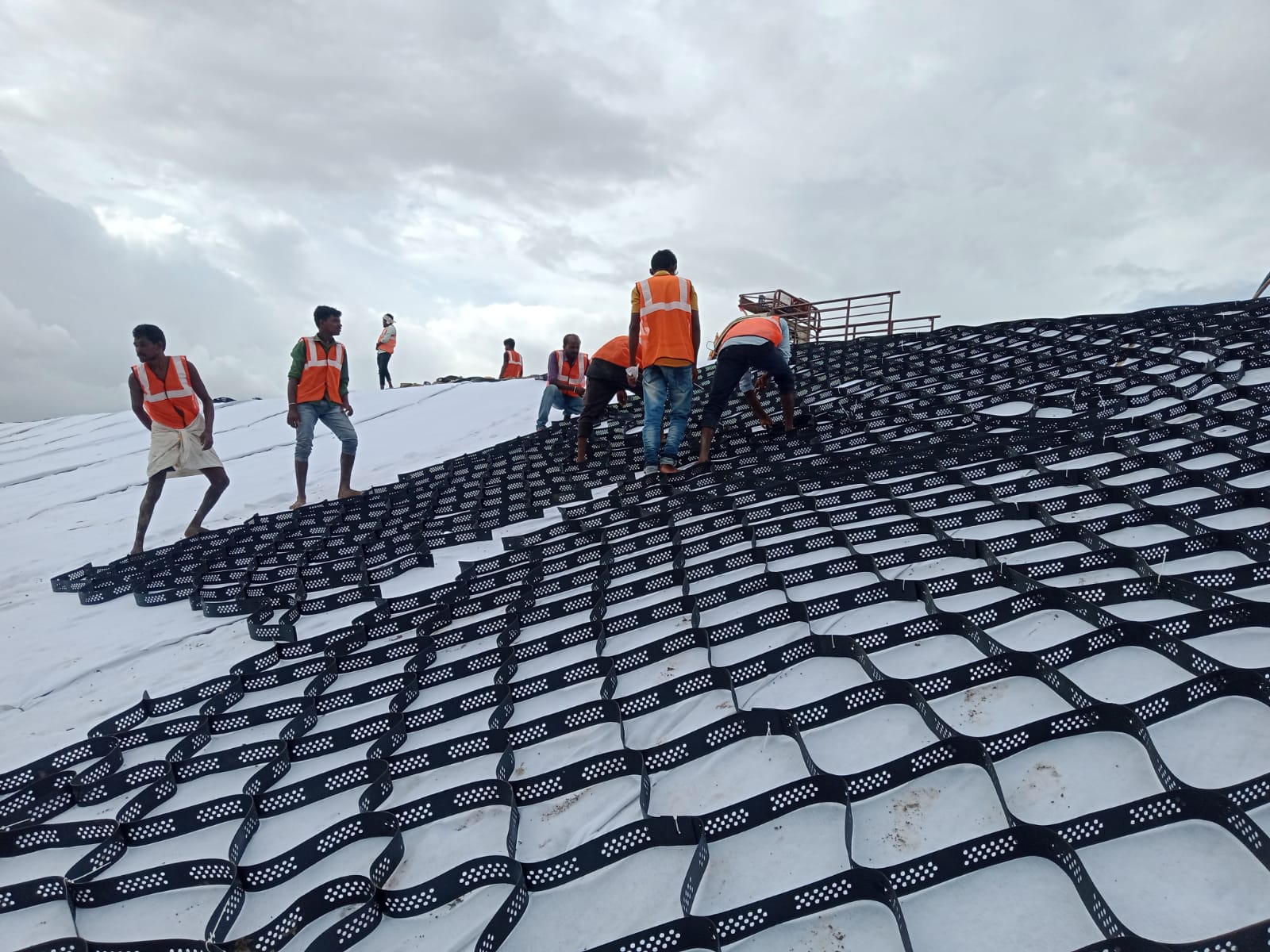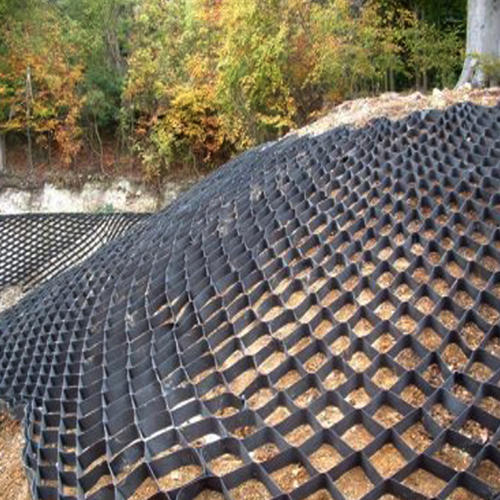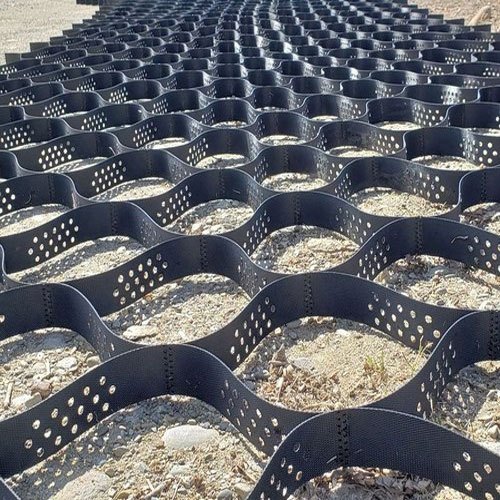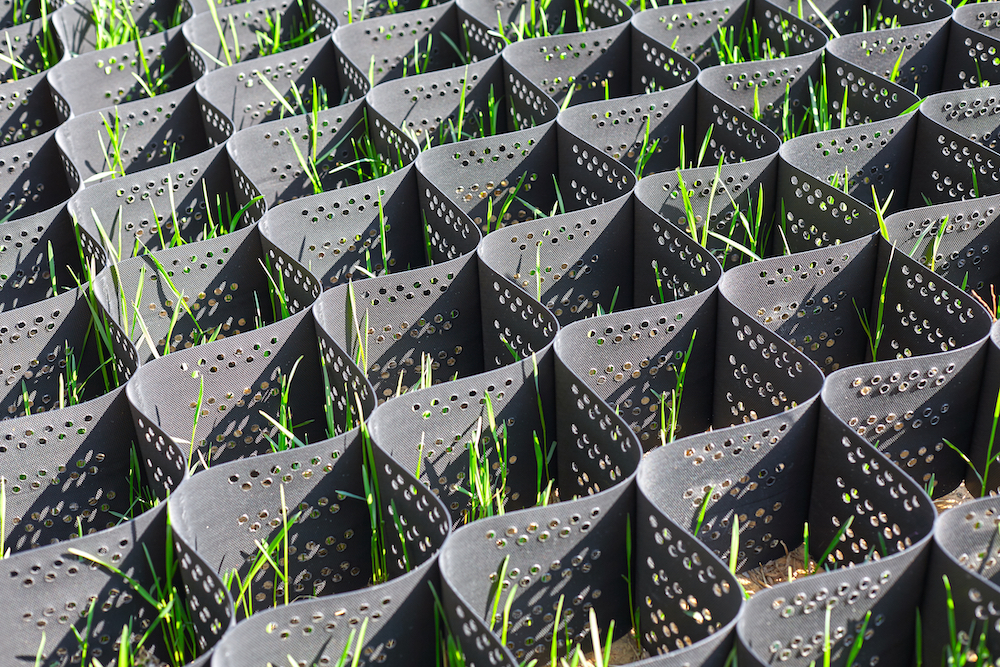Introduction
Geo cells, also known as geocells or cellular confinement systems, are three-dimensional, honeycomb-like structures made from high-density polyethylene (HDPE) or other geosynthetic materials. They are used in civil engineering and geotechnical applications to provide soil stabilization, erosion control, and load support. Here’s some information about geo cells:
1. Construction
Geo cells are constructed by connecting or welding strips of geosynthetic material to form a three-dimensional grid or honeycomb pattern. The grid consists of interconnected cells that can vary in size, typically ranging from a few centimeters to several decimeters in height.




